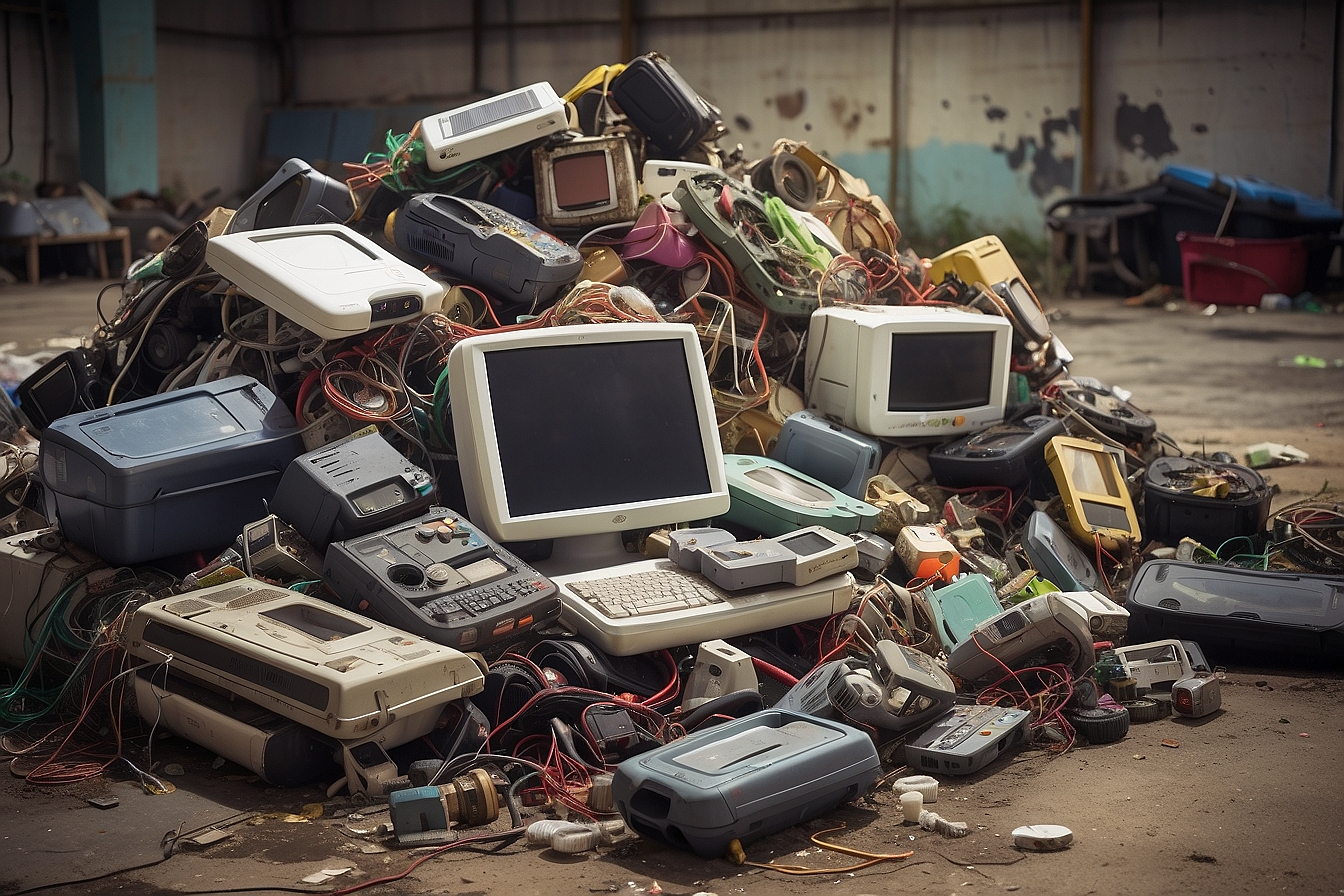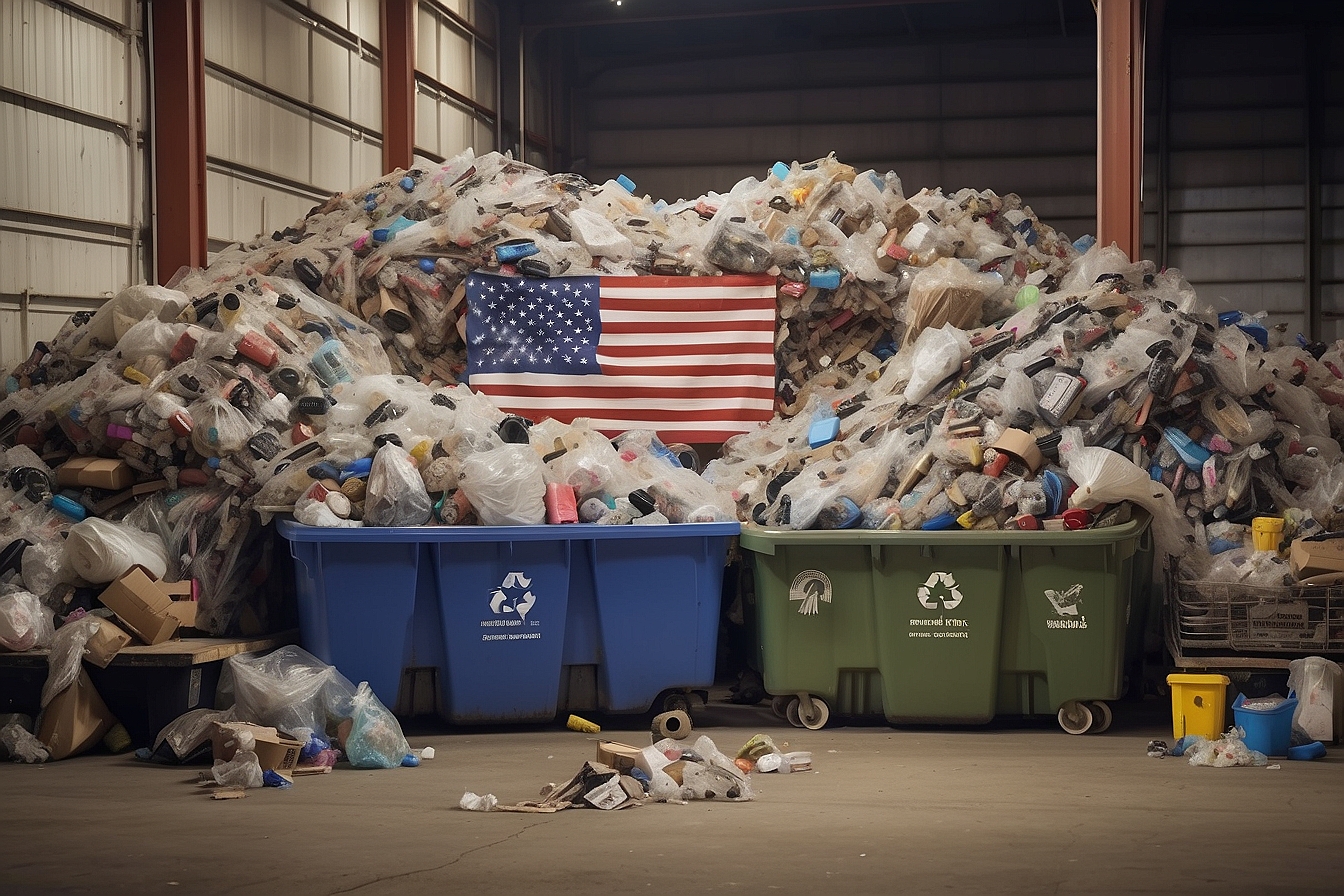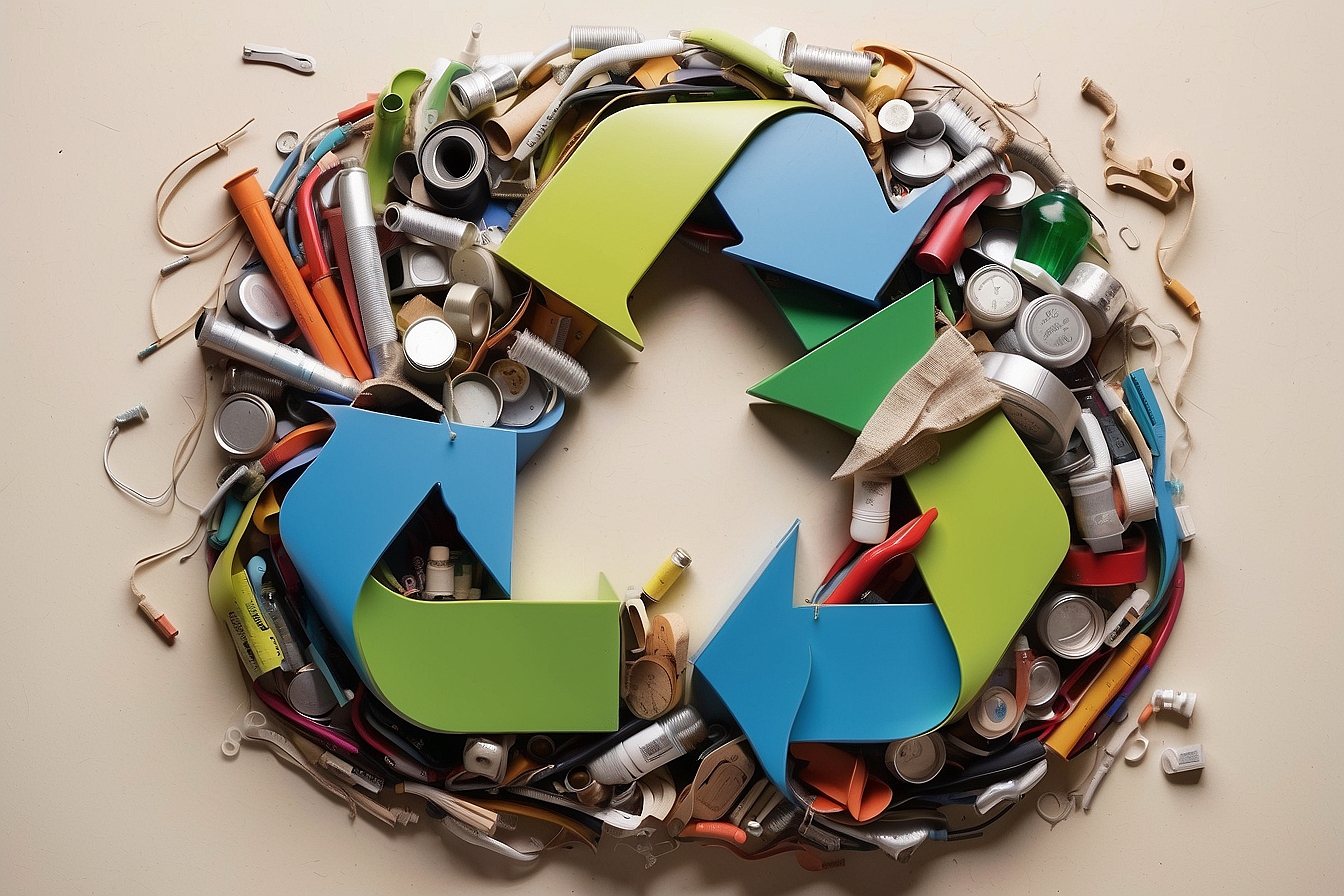The environmental and sustainability movement has spurred many companies to invest in a vast number of new and different ways to transform our waste into something useful. A new technology on the scene is the transformation of excrement, i.e. poop, into biodegradable plastic!

In today’s world and economy, plastic is one of the most important materials we use in our products—from our toothbrushes to our cars. Plastic is everywhere, and for a good reason. It is so versatile, strong, flexible, light, and cheap. So why is plastic bad? For one thing, it is derived from petroleum, a resource that is not infinite and whose processing is a deadly hit against our environment. Another major drawback is the waste it creates, contaminating our ecosystems hurting many species of animals and plants within our ecosystems. For more on the devastating effects of conventional plastic on our environment, check out: “Great Pacific Garbage Patch”.
A couple of entrepreneurs have tried to tackle the plastic and waste issue with a start-up called Micromidas. The company has developed a technology to turn sewage waste into non-toxic biodegradable plastic! This plastic is designed to be completely composted in a yard in about a year and a half. Its structure is similar to that of polyethylene, polystyrene, polypropylene, and PET, which are popular forms of plastics in products.
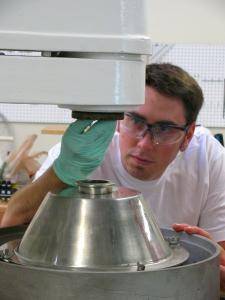
There have been previous attempts to deal with the plastic issue, mainly they have involved creating bioplastic from corn and/or sugars. However, as with the ethanol fuel dilemma, those bioplastics suffer from the same drawback, which is that they are derived from a food source, so it becomes a food versus fuel war and has been blamed for the rising food prices worldwide. This is why the sewage waste base of the new bioplastic is a superior and much less controversial solution! No one wants their poop and many sewage companies would pay for people to take it away. Additionally, for both petroleum and corn based plastics, half of the production cost is based on the starting material—making waste-based plastic lower in input costs.
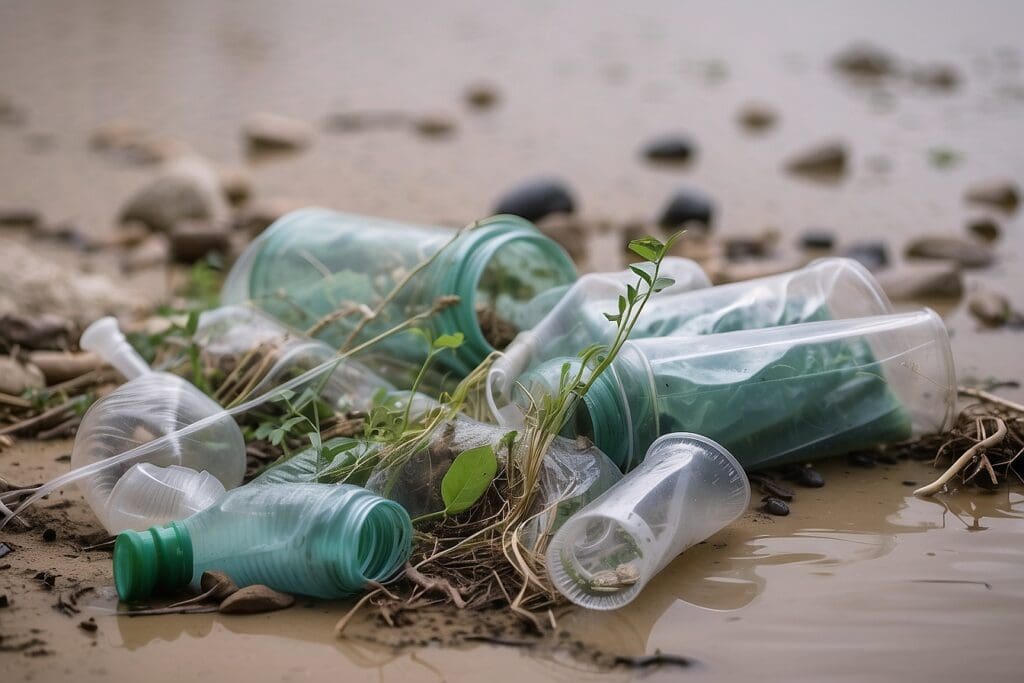
Under the Micromidas process, the sewage is fed to specific bacteria, and the bacteria then store the sewage as plastic particles inside their bodies. Micromidas then uses a special technique to extract the plastic from the bacteria, which is in the form of a resin. The bacteria chosen for the processes are highly specific. Many scientists such as those at Micromidas are in the process of researching and looking for microbes with the perfect traits for each step in the plastic making process. This microbe search is essentially the most difficult part of the process. Once the right bacteria are found for the waste input, the bacteria will do most of laborious work to create the plastic.
This plastic resin is NOT without its flaws. Its major flaw being that its base product is sewage, which is not the most desirable or flattering background for any product. Many consumers may not want to purchase products made from poop! Think about it. Micromidas will have to cleverly market their plastic product to get away from poop’s negative stigma. They have already stated that they do not intend to market the new plastic for any food product, including plastic cutlery. They plan to market it more towards packaging material or other container-like products. With Micromidas and other scientista moving forward, sewage-based plastic will surely come into the market within the next few years and it will definitely be a step towards a more sustainable future!
Project—How to make Your Own Bioplastic (no poop involved)!
Materials:
- Milk
- Vinegar
- Measuring cup and measuring spoons
- Small pot
- Spoon
- Large bowl
- Towels
- Aluminum foil
Instructions:
- Pour a cup of milk into the pot and place it on the stove on medium heat. Stir it while it is heating up. If you want your plastic to be colored add some optional food coloring drops to it.
- When you see a light foam form on top of the milk, turn off the stove.
- Pour one tablespoon of vinegar into the milk. The mixture will begin to clump. Stir the mixture for about 1-2 minutes.
- Pour the solution over a strainer into a large bowl. Shake the strainer. The remaining clumps combine to become your plastic!
- Pour it out onto your piece of foil and use the paper towels to dab off some of the remaining liquid.
- Create anything you want from the plastic!☺


